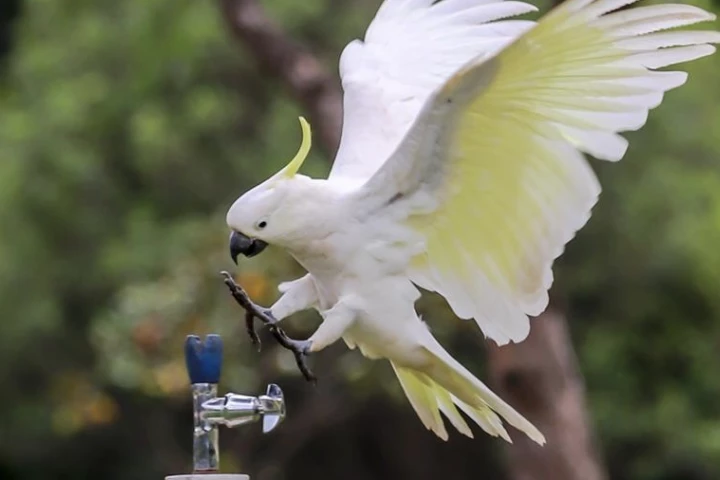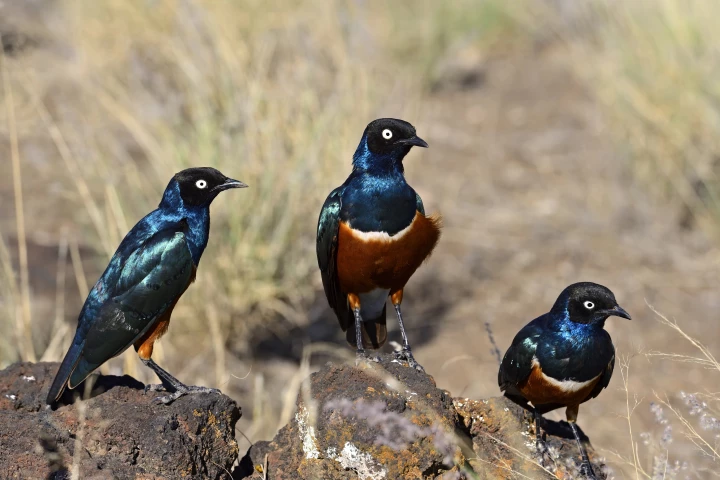Behavior
-
A new study shows that when it comes to developing closeness in your relationships, the emoji you send in your texts are doing some pretty heavy lifting. They're not just expressive – they also signal attentiveness and emotional engagement.
-
Researchers have identified a fascinating behavior in killer whales: they sometimes offer to share their prey with humans. And while the orcas haven't gone on the record to confirm it, it's likely their way of building relationships with us.
-
A study found that psychopaths have structural changes in particular areas of the brain that deal with impulse control and emotional regulation. This improved understanding may help to formulate targeted treatment and rehabilitation strategies.
-
Killer whales have joined the rare club of animal species that craft tools out of nature and use them to their advantage. For the first time, they've been observed making a brush of sorts out of kelp and then using it on each other.
-
It's not a simple case of "follow the leader" when it comes to baboons on foot. Researchers have made a surprising discovery on why they appear to move in an orderly line, and it's something that can help us better understand human behavior, too.
-
In an impressive feat of urban adaptation, sulphur-crested cockatoos have worked out how to use their feet and their large bodies to twist the taps of drinking fountains. And much like another of their moves, they're learning to do this en masse.
-
A new study with 20-years of field data has discovered that the African superb starling forms mixed-kin groups with up to 60 members. These findings offer some of the first direct evidence of human-like friendship behavior in animals.
-
You lean back from the dinner table, feeling like you physically couldn’t fit another bite in – but then someone offers pie and you just can’t say no. Scientists have now identified the neurons behind the “dessert stomach” phenomenon.
-
How you cope in a crisis and then move on from it may have less to do with your learned life skills and instead be shaped by your base personality. A new study has found the key traits that make some people experts in 'turning lemons into lemonade.'
-
While scientists seem to love giving cocaine to rats, 27 rodents getting high (for the first time) on the lab's supply uncovers intriguing insights into how some individuals appear wired for addiction, where 'averse cues' fail to deter drug use.
-
Most of us do it, in one form or another, but how and when humans began to kiss is still hotly debated among researchers. Now, a new evolutionary theory has been put forward, which says the origins of the kiss may date back millions of years.
-
A fascinating new insight into elephant communication has been uncovered, revealing that males will harmonize rumbles, from one to the next, to signal that it's time for everyone to move on. Researchers liken it to a barbershop quartet.
Load More











